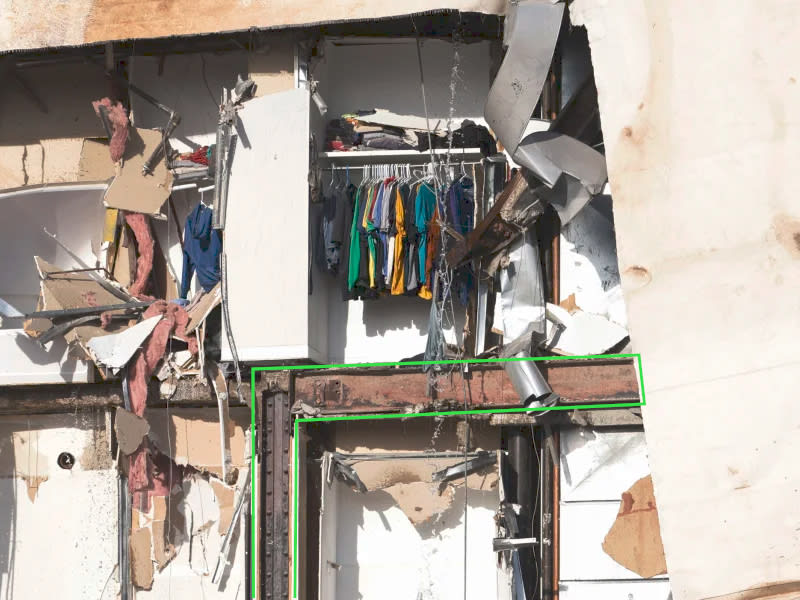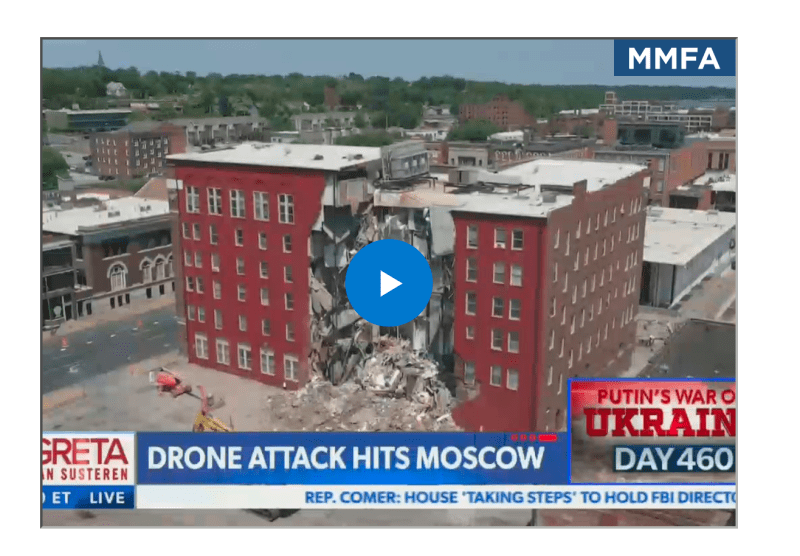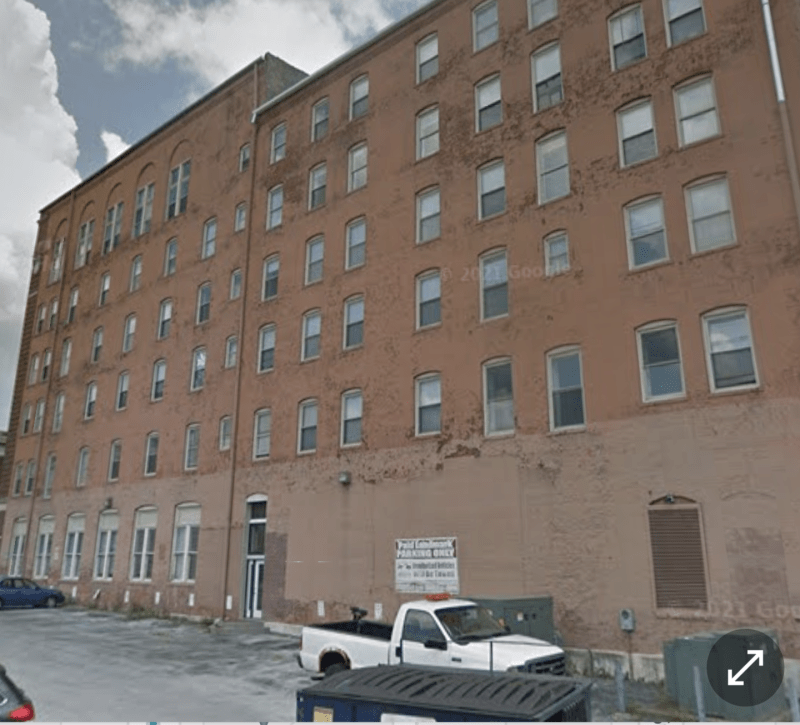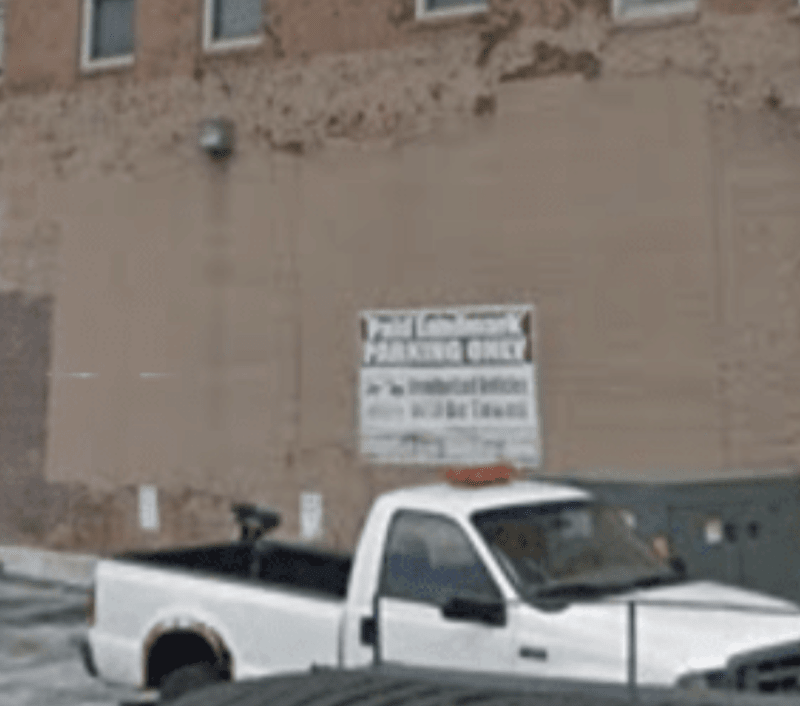There shouldn't be a difference between the situation on the bridge and an inspection of a building, but there absolutely is.
Note in the article that, even in that situation, the inspector that called 911 mentioned that they had already spoken to the DOT. So the first call was to the owner. I suspect there was a (brief) conversation there with an engineer (since the consultant's POC was likely a DOT engineer) and the decision was quickly made to shut down traffic. SO you had an inspector speaking to, perhaps not a technical peer, but likely not a layman either making a decision to disrupt a lot of people on their commute. Also, most bridge structures are pretty 'straight forward'. By that I mean: most of the primary members are in view and available for inspection. A failure is often fairly obvious to an inspector, and there are limited 'alternative load paths' as there are in many buildings. So this kind of a call, while not easy, is in many cases easier than in a building with a degraded masonry veneer wall and some questionable structural modifications.
Looking at a building: unless the building belongs to a government agency, the owner will almost never be an engineer, architect, or anyone associated with this industry. They will be a developer, a lawyer, a professional landlord, or whatever. When faced with a similar situation, they'll be looking at it from this standpoint: this building has been standing here for 100 years; some engineer is telling me it's in danger of collapse; surely it won't happen right away; I'll start looking for money to make the repairs; etc. If the engineer calls 911, now everyone in that building has to evacuate. Where do they go? Where do they stay? Who pays for that? The owner will find another engineer who will say "nah, it wasn't that bad" and they'll sue the first engineer for damages for unnecessarily having their building vacated. If the building is large enough, that could put the engineer out of business. If the owner chooses to be proactive and vacate the building, then they face the prospect of having to repair the building while the building is sitting empty, generating no revenue. That could put the landlord out of business.
I'm not condoning any of this behavior - the safety of the occupants and users of the structures we design and inspect must come first. But we all know that we don't live in a perfect world, and there is a definite financial incentive to "not be too hasty" in these situations. Not sure how to fix that. Legal protections for engineers that call for building evacuations? They don't need to be right, they just need to be acting within the standard of care. If the data available to them would suggest to the typical engineer practicing in the area that the issue represents an existential threat to the building, they're in the clear. Additional staffing for the building department and require all building assessments to be sent there for review and follow up? That sounds just a tad overbearing.





